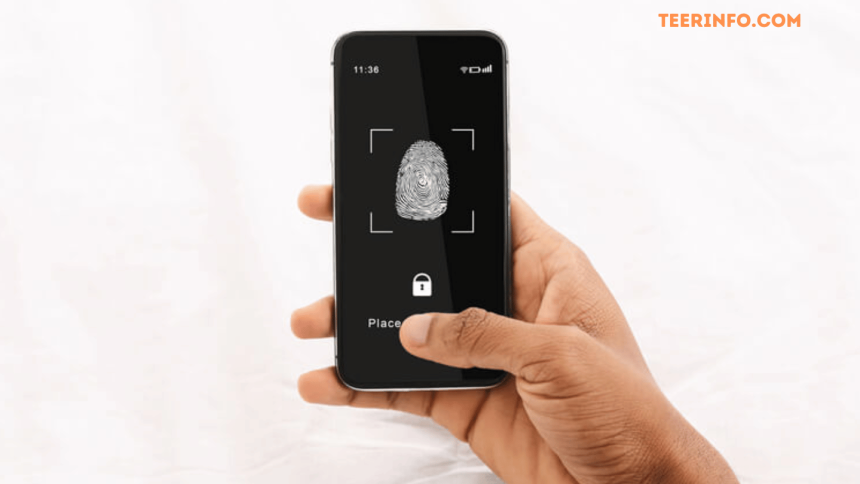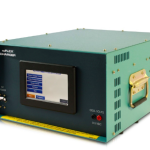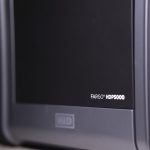Biometric devices identify people and allow/deny access to a facility or building. The gadgets can recognize an individual and then prove whether or not the identified user has the identification they claim to have.
Biometric security systems use automated ways to recognize and validate an identity. They do this by distinguishing physical attributes such as fingerprints and face recognition. The characteristics, benefits, and limits of various biometric devices vary. The best biometric devices are facial and fingerprint. Here’s why:
1. Facial Recognition
Face recognition is a technique to recognize or authenticate an individual’s identity. It captures a digital representation of the person’s face in photographs, videos, or real-time. Facial recognition technology confirms an identification based on the available data and uses a saved facial image as mathematical code in a database. This technology is gaining popularity since people can use it in videoconferencing.
A popular application has been integrating facial recognition biometric attendance systems with digital video surveillance cameras. The cameras detect and identify specific individuals, and the integrated system works by deploying 80 or so nodal points on the face utilizing software and sensors. It will track and measure various features before searching its database for a match. These features are like:
ü jawline
ü eye sockets
ü cheekbones
ü other distinct facial features
In ideal situations, facial recognition algorithms have near-perfect accuracy. Controlled circumstances help achieve a higher success rate. In contrast, the performance rate is lower in the actual world. It is impossible to forecast the success rate of this technology because no single metric provides a complete picture.
Algorithms that match persons to clear reference photos like a driving license or a mugshot get higher accuracy. This level of precision, however, is achievable with the following:
ü Consistent lighting and positioning
ü Clear and unhindered facial features
ü Color and backdrop control camera quality and image resolution
Aging is another factor influencing error rates. Facial features change over time, making it difficult to match photos taken years ago.
Benefits of Facial Recognition:
1. Requires little involvement with the gadget
The facial recognition biometric attendance system has fewer touchpoints than typing passwords or entering PINs. It enables multi-factor authentication for added security assurance.
2. Effective security
Facial recognition is a fast and accurate verification system. It is faster and more convenient than other biometric technologies, such as fingerprint or retina scans.
ü When paired with other biometric approaches, it is quite effective.
ü Eliminating the need to remember long passwords.
ü Increased precision
Facial recognition is a more accurate technique to identify people. They are more precise than:
ü a phone number
ü email address
ü mailing address
ü IP address
They are also affordable. These biometric machine prices range from ₹ 8,300 to ₹22,980.00.
2. Fingerprint Recognition
Fingerprint recognition is the most widely used method of biometric identification. An automated technique that verifies identification by comparing two fingerprints, a fingerprint scanner authenticates data in this unique authentication method.
The fingerprint biometric attendance system uses biometrics to automate any formal attendance practice, saving time spent calling out names and providing a foolproof means of attendance tracking.
Fingerprint recognition systems are often less expensive to acquire and install. Fingerprint biometric machine prices range from ₹7,000 – ₹8,500 per piece. It is excellent for building biometric access control systems across many doors.
Benefits of Fingerprint Scanning:
ü This technique of authentication is well-known to the majority of individuals.
ü Fingerprint scanners are reasonably priced.
ü Fingerprints are unique identifiers that are different for every individual.
ü There is no need to remember complicated passwords.
Biometric devices, particularly face and fingerprint systems, have been widely used in the corporate sector in recent years. Compared to standard identification and authentication systems, these devices have significant advantages validating their wide use in various industries. Of course, each has advantages and disadvantages. However, one thing is certain. Any method listed in this article is safer than a standard password.








